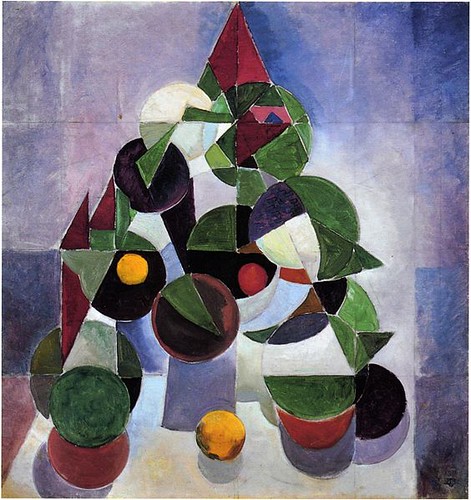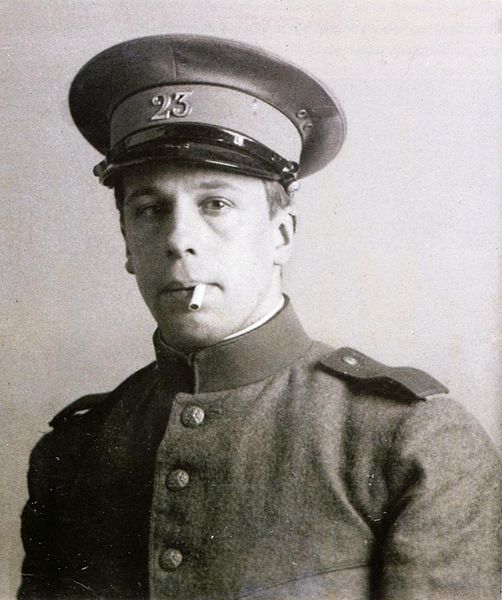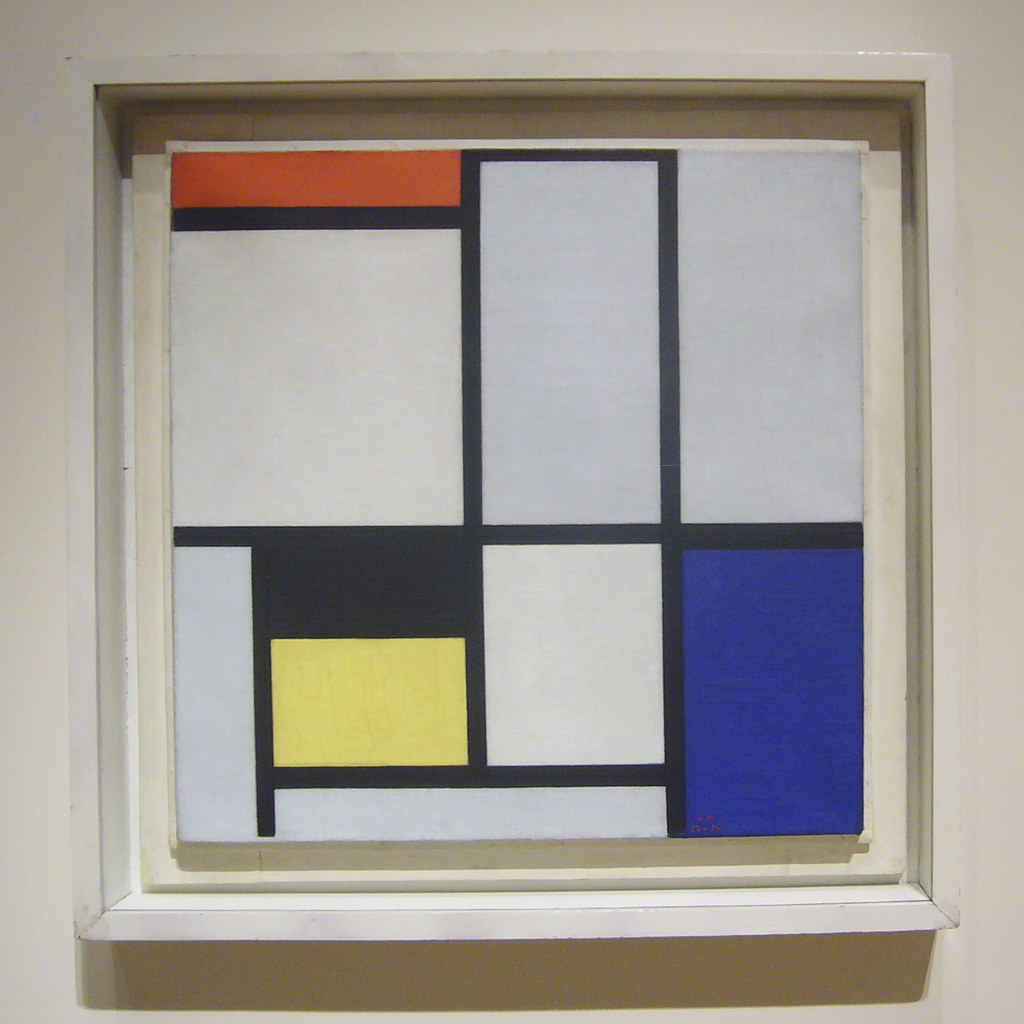The Dutch artist Theo van Doesburg (1883-1931) was one of the founders of the modern art movement called De Stijl and the chief promoter of its ideas.
One of the key figures in the development of Dutch Neoplasticism
Dutch painter, decorator, poet, and art theorist, was the primary founder of the De Stijl (Dutch for The Style) art movement in the Netherlands. Although Doesburg is often considered the founder of De Stijl, the movement was the collaboration of many artists of his day, including Piet Mondrian. Other primary innovators of De Stijl were Vilmos Huszár, Bart van der Leck, Gerrit Rietveld, and Robert van ‘t Hoff. The De Stijl movement was almost as much about architectural design as it was about paintings on the canvas.

Image Source: https://search.creativecommons.org/photos/2e8360f2-e04a-43a9-98fc-addf1babdb3c by cedric.vandamme

Image source:https://commons.wikimedia.org/wiki/File:Theo_van_Doesburg_in_military_service.JPG
In 1917 van Doesburg was instrumental in forming the De Stijl group of artists, and he also founded the avant-garde art review De Stijl (a publication that was continued until 1931).

Image source: https://search.creativecommons.org/photos/42a60134-5490-47a3-ac08-a3fb5373e2a3 by bertknot
He lectured at the Weimar Bauhaus from 1921 to 1923, and his De Stijl theories subsequently influenced the Modernist architect Le Corbusier, Walter Gropius, and Ludwig Mies van der Rohe.

Image source: https://search.creativecommons.org/photos/ba80c9c9-494c-4b63-8bf0-1948a6722e6e by Kent Wang
What is the purpose of the De Stijl?
The idea behind De Stijl’s program was the creation of a universal aesthetic language based in particular on the rejection of the decorative excesses of Art Nouveau in favor of a simple, logical style able to emphasize construction and function, and that was suitable for every aspect of modern life. The visual compositions have been simplified in the vertical and horizontal directions and using only primary colors along with black and white.

Image Source: https://search.creativecommons.org/photos/83d70156-b7bb-4d42-9277-34fece880c4c by Tulip Hysteria / Go to albums
His new aesthetic has had a significant impact on contemporary interior design and decor. He was a prolific theorist on concepts such as Neoplasticism and Elementarism.
Despite his small production of paintings, his influence was widespread and he remains one of the most important abstract painters of the early 20th century to this day.

Image Source: https://search.creativecommons.org/photos/3628b4c7-ef8d-4827-be4c-27027298fb9b by Tulip Hysteria / Go to albums
De Stijl’s esthetic was based on geometric abstractions and applied not only to painting but to other arts, particularly architecture. Unlike many 20th-century art movements, De Stijl had no artistic concerns but rather aimed at social and spiritual reforms. Leaders believed that a purified geometric aesthetic would exert a strong and calming influence on those who saw a de Stijl painting or lived in a de Stijl house.
In 1931 van Doesburg was involved in the formation of the Abstraction-Création association, a group of artists who advocated pure abstraction.
Info Sources:
For more references, please also visit: www.jbdesign.it/idesignpro
